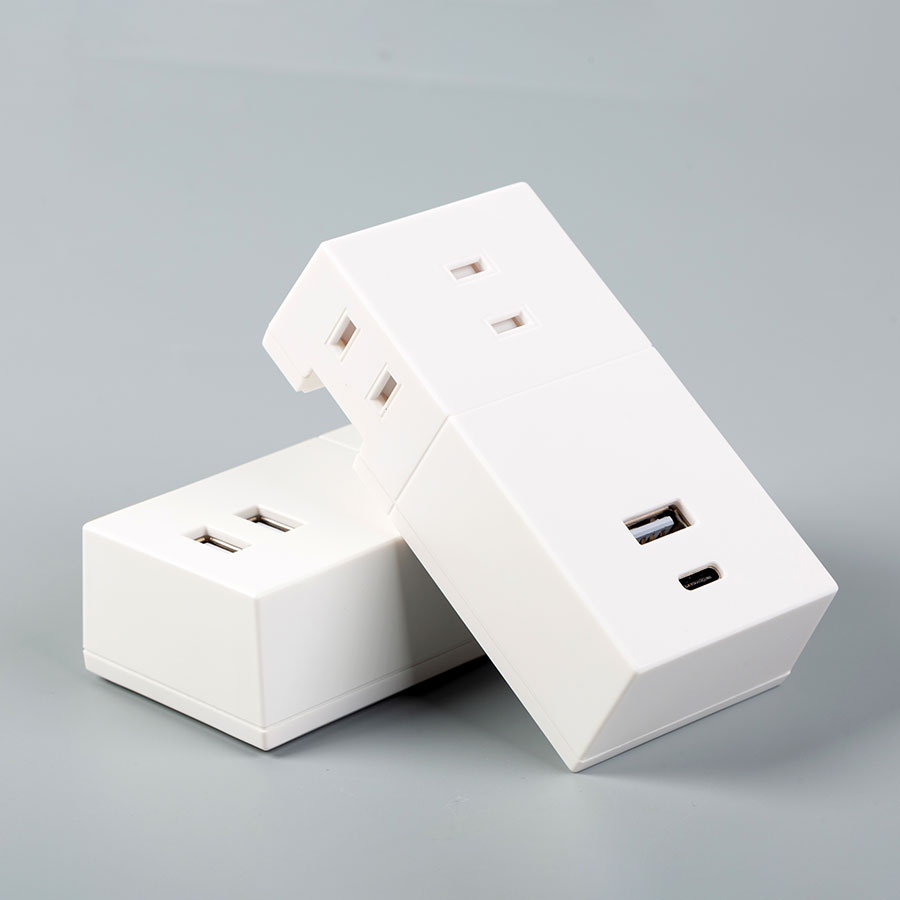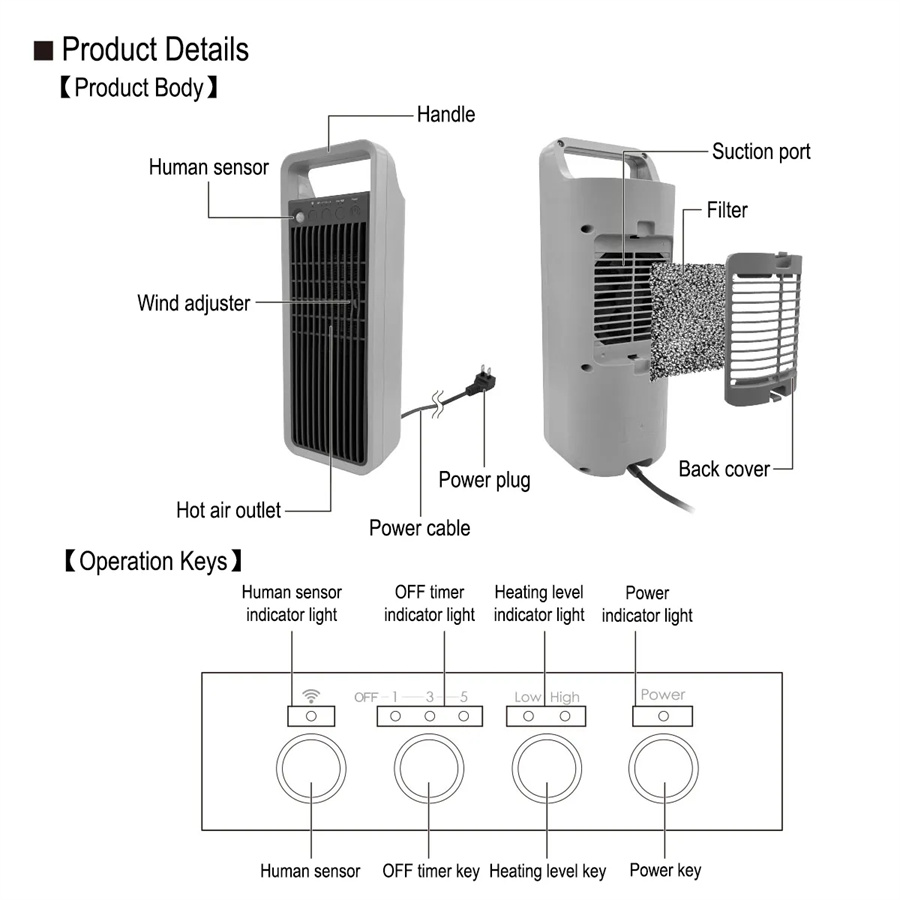We independently review everything we recommend. When you buy through our links, we may earn a commission. Learn more›
Head here to find all of our expert cozy coverage and enter to win a bundle of our favorite picks for a comfy, snug fall. (Giveaway terms and conditions.) Oneplus Mobile Charger

Apple has announced the new iPhone 15 series, which replaces the company's longstanding Lightning connector with USB-C for the first time. We'll update this guide soon to reflect this development.
Sign up for Wirecutter's newsletters to get independent reviews, expert advice, and the very best deals sent straight to your inbox.
The outdated USB chargers clogging store shelves and online listings won’t charge your latest gear as fast as possible. New fast chargers are safe, affordable, and up to three times faster than the old ones many people have had lying around for years. We’ve tested the best fast chargers and collected our recommendations—no matter what phone, tablet, or computer you use—on this page.
Our favorite phone chargers with USB-C ports will charge an iPhone at its maximum speed.
No matter what kinds of USB-powered devices you own, we have picks to power them at their fastest charging speeds.
Every iPhone released since 2017 (starting with the iPhone 8 and iPhone X) is capable of charging roughly three times faster than it does with the old 5-watt charger that used to be included in the box—it just needs the right charger and cable to go that fast. That’s because modern iPhones can take advantage of a charging technology called USB Power Delivery (PD), which is enabled by the USB-C standard (though not all USB-C accessories support PD).
Fast-charging an iPhone requires a USB-C PD charger that supports at least 18 watts (20-watt chargers are more common, and will provide similar speeds). Whereas Apple’s old 5 W charger could power an iPhone 13 to about 17% from empty in half an hour and 34% in an hour, a good USB-C PD charger will get the same battery to 52% and 83% over the same intervals. (And even if you have an older iPhone that doesn’t benefit from such speeds, our USB-C charger picks are inexpensive enough that you should choose one of them over a USB-A charger.)
To take advantage of PD charging rates with a compatible iPhone, you also need the right cable—namely, a USB-C–to–Lightning cable.
The best Lightning cable isn’t made by Apple. We tested dozens of options to find the best cable for charging an iPhone, iPad, AirPods, and Mac accessories.
Apple no longer ships a charger with its iPhones, but it does include a USB-C–to–Lightning cable, which is necessary for fast charging. For a while, Apple was the only source for such cables, but the company has since allowed third-party manufacturers to make them, and they’ve come down in price.
You can double your iPad Pro’s charging speeds with a charger capable of 45 watts or higher.
The best replacement for your original charger is the Nekteck 60W USB-C GaN Charger . It’s cheaper and smaller but just as powerful and reliable.
Even though iPad Pros can fast-charge with 45 watt chargers, the USB-C charger that Apple puts in the box supports only 20-watt speeds. The higher wattage makes a huge difference: A 45-watt or faster charger will get the large iPad battery to 33% from empty in half an hour and to 65% in an hour—almost twice as quickly as the in-the-box charger.
The cable that comes with your iPad Pro will work with any fast charger, too.
While Cable Matters’s USB-C to USB-C Charging Cable is our favorite USB-C option, we also have recommendations for almost every need you could imagine.
Unlike with the iPhone, you don’t need to buy a special cable for the iPad Pro since it uses USB-C input instead of the Lightning connector. But if you need a replacement, our USB-C cable guide has sturdier and cheaper options than the Apple-branded cable.
Most modern Android phones will charge quickly with a good USB-C charger.
No matter what kinds of USB-powered devices you own, we have picks to power them at their fastest charging speeds.
Most Android phones, especially flagship models from bigger companies like Google and Samsung, charge through USB-C ports. Even though Samsung brands its fast-charging capability as Samsung Adaptive Fast Charge, and other companies have promoted the declining Qualcomm Quick Charge standard, we’ve found that you can fast-charge a modern Android phone with any good USB-C Power Delivery charger. When we ran charging tests on the Samsung Galaxy S10+, for example, we saw the same battery increase from the bundled charger, Quick Charge 2.0 and 3.0 chargers, and an 18-watt USB-C charger: All of them yielded about 41% after half an hour and 80% after an hour.
And a simple USB-C cable is all you need for rapid charging.
While Cable Matters’s USB-C to USB-C Charging Cable is our favorite USB-C option, we also have recommendations for almost every need you could imagine.
If you need a replacement USB-C–to–USB-C cable, our guide to cables outlines which one to get based on our research and testing. They’re all relatively inexpensive, and they’ll ensure the fastest charging speeds for your phone.
In addition to newer fast chargers, we have USB-A charger picks that will work great if your device has a Micro-USB connection.
No matter what kinds of USB-powered devices you own, we have picks to power them at their fastest charging speeds.
Android phones that use Micro-USB are becoming less common, though plenty of other accessories—from Kindle e-readers to wireless headphones—still rely on that connection. Micro-USB charging is generally limited to 12 watts, regardless of whether the other end of the cable is USB-A or USB-C.
Although a USB-C charger might be a more future-proof purchase in case you upgrade away from Micro-USB in the near future, it can’t give you any charging benefits right away. Any USB-A charger from a reputable brand will charge your Micro-USB devices as fast as possible, and we still recommend a few in each of our charging guides. Note that although some phones were using the Quick Charge standard to speed up USB-A–to–Micro-USB charging, that standard is quickly falling out of favor as manufacturers focus on USB-C options.
We’ve tested all the top USB-C laptop chargers, and our favorites are compact, safe, and fast-charging.
The best replacement for your original charger is the Nekteck 60W USB-C GaN Charger . It’s cheaper and smaller but just as powerful and reliable.
Almost any laptop that charges over USB-C, including most of Apple’s MacBooks and top picks from Asus, Dell, and Samsung, charge at their fastest rate with a 60-watt charger. Even if a laptop doesn’t need that much power, a faster charger is still safe to use and doesn’t have any negative effects.
We also have picks for the high-powered 14- and 16-inch MacBook Pro models with M1 and M2-series CPUs. These laptops are the biggest exception to the 60-watt rule, as they require a 96- or 140-watt charger to fast-charge at full speed. Apple provides powerful-enough chargers in the box with most configurations of these machines. But if you need a replacement, we’ve found options safely provide up to 100 watts of power for a fraction of the price of Apple’s chargers.
A USB-C car charger is great for keeping your phone powered while you’re driving, as well as for making sure you arrive at your destination with more charge than when you departed.
We’ve tested the best car chargers, and we have recommendations for affordable, reliable options that can fast-charge any device while you’re on the road.
And if you have a power bank, the faster it charges your phone, the less time you have to worry about dealing with it.
The Zendure SuperTank Pro is our favorite power bank for charging modern laptops as fast as possible while you’re on the go—no need to hunt for a power outlet.
Everything we said above about wall chargers holds true for car chargers and portable power banks, as well. A good USB-C charger is your best bet and offers the fastest charging speeds possible for your iPhone (with a USB-C–to–Lightning cable) or Android device equipped with a USB-C port.
Nick Guy is a former senior staff writer covering Apple and accessories at Wirecutter. He has been reviewing iPhones, iPads, and related tech since 2011—and stopped counting after he tested his 1,000th case. It’s impossible for him not to mentally catalog any case he sees. He once had the bright idea to build and burn down a room to test fireproof safes.
We’ve tested the best car chargers, and we have recommendations for affordable, reliable options that can fast-charge any device while you’re on the road.
The Mophie 3-in-1 Wireless Charging Stand is the best way to wirelessly charge an iPhone, an Apple Watch, and AirPods every day.
Save time and money by switching to USB-C. Here’s what USB-C is, why you should switch, how to power your phone twice as fast, and how to make the transition.
by Lauren Dragan and Nick Guy
Apple’s newest phones won’t ship with a charger or headphones. If you don’t already have something that’ll work, here’s what we recommend.

120 Watt Charger Phone Wirecutter is the product recommendation service from The New York Times. Our journalists combine independent research with (occasionally) over-the-top testing so you can make quick and confident buying decisions. Whether it’s finding great products or discovering helpful advice, we’ll help you get it right (the first time).